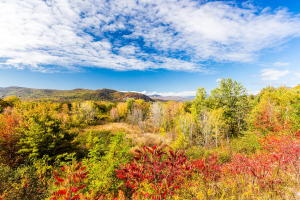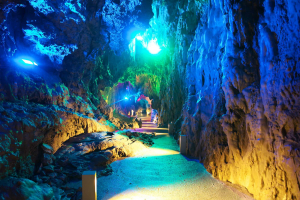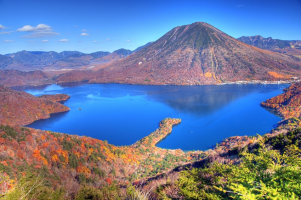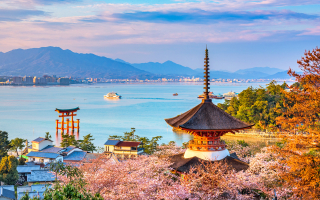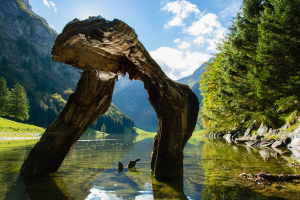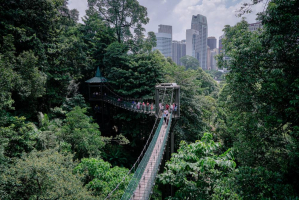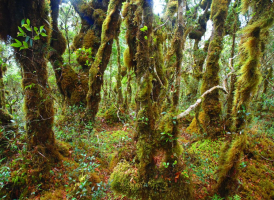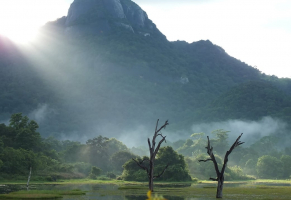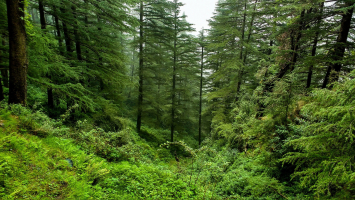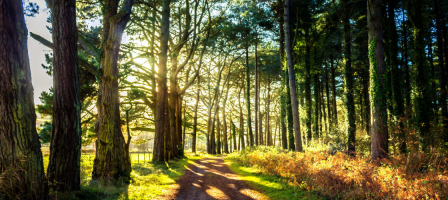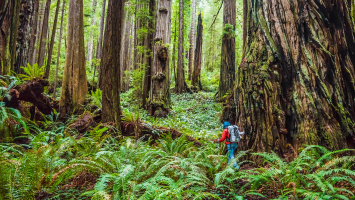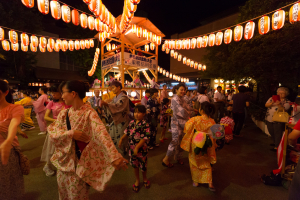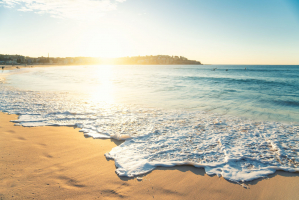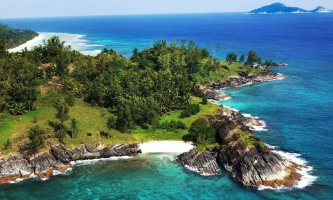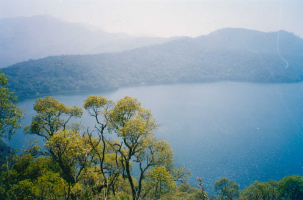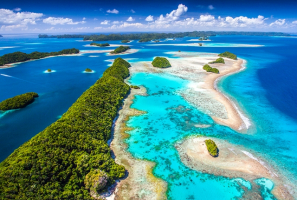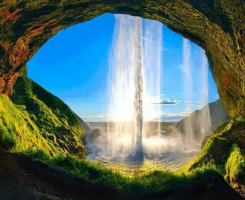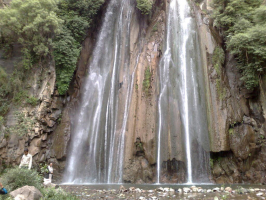Top 10 Most Beautiful Forests in Japan
If you’re looking to reconnect with nature and see something truly amazing, there are plenty of awe-inspiring sights you’ll be putting straight on your bucket ... read more...list. Japan holds myriad ancient forests. They are all incredible displays of the power of nature that you’ll never forget. Let's find out the Most Beautiful Forests in Japan below!
-
The Arashiyama Sagano bamboo forest, one of Japan's most photographed spots, is a sight to behold. It's wonderfully relaxing, with dappled sunlight and swaying trees. They can grow to be up to 20 meters tall, and looking up can be quite dizzying, especially when there is a breeze. The breathtaking beauty is enough to make you stop and stare. Because the Arashiyama Bamboo Grove is a popular attraction in the Arashiyama area, the path is often crowded, especially on weekends. It is strongly advised to visit there early in the morning, especially if you want to take a great photo without crowds!
There is plenty to explore here, including Nonomiya Shrine and Tenryuji Temple, and the path is only 200 meters long, so you can take your time and enjoy the relaxing atmosphere. There is only one main path through the grove, which gradually ascends. The entrance to the sublime Okochi-Sanso Villa is right in front of you once you reach the top of the hill. Every December, the Hanatoro festival is held in several locations throughout the Arashiyama area, including the bamboo groves, and a bamboo light-up is held during the festival.
Location: Sagatenryuji Susukinobabacho, Ukyo Ward, Kyoto, 616-8385, Japan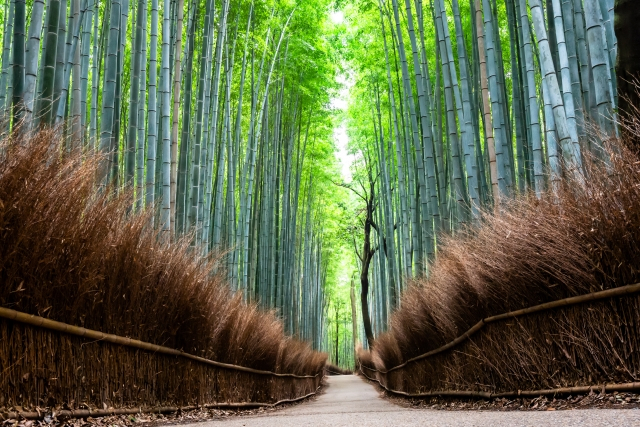
via: Japan Web Magazine 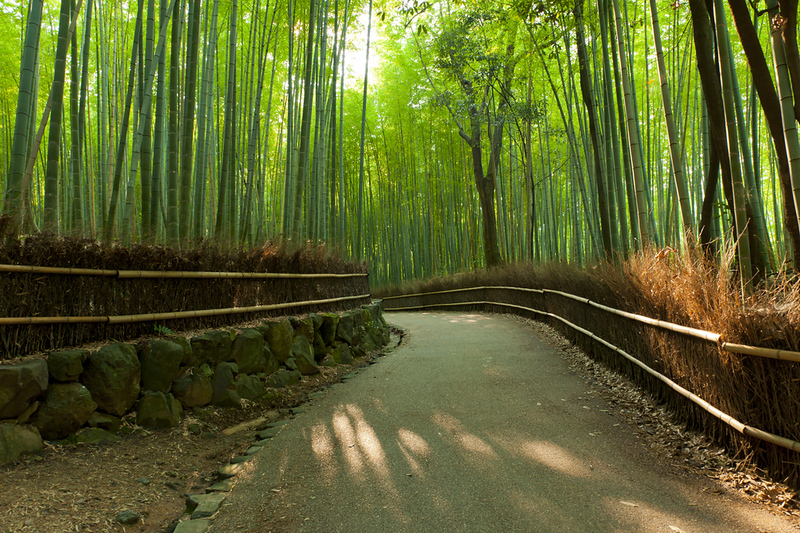
via: Inside Kyoto -
Yakushima has Japan's most ancient forest, with trees up to 7,000 years old, and is thought to have inspired the Studio Ghibli film, Princess Mononoke. Despite extensive logging during the Edo period, the forest has since recovered and is now protected as a national park. Yakushima is a primeval temperate rainforest that extends from the center of the mountainous Yakushima Island. The island is located 60 kilometers off the southernmost tip of Kyushu Island in the southwestern end of the Japanese archipelago, at the interface of the Palearctic and oriental biotic regions. Mountains nearly 2,000 meters high dominate the island, and the property is located in the center of the island, with arms extending south, east, and west to the coast.
Yakusugi (a combination of the island's name and the Japanese word for cedar) trees over 1,000 years old can be found throughout the island. Because it is a subtropical island, there is a lot of rain and a lot of mist in the forest. Yakushima's temperate island ecosystem is unique in the Northern Hemisphere, with successive vertical plant distributions extending from coastal vegetation with subtropical elements, up through a montane temperate rainforest to a high moor and a cold-temperate bamboo grassland at the central peaks. The montane temperate rainforest of Yakushima is globally distinct, due to its peculiar ecosystem with abundant rheophytes and epiphytes that have adapted to the high rainfall, in excess of 8,000 mm annually, and resulting humid environment. Home to some 1,900 species and subspecies of flora, 16 mammal species, and 150 bird species, it exhibits rich biodiversity.
Location: Yakushima, Kumage District, Kagoshima 891-4408, Japan
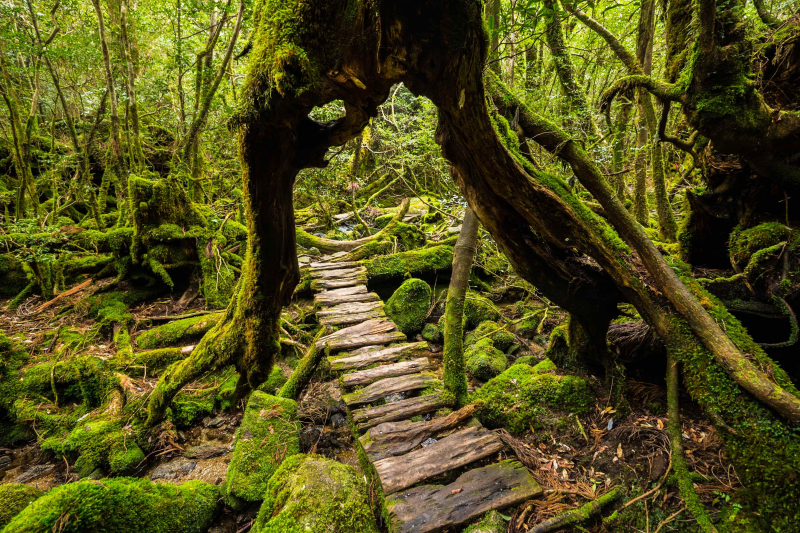
via: GaijinPot Travel 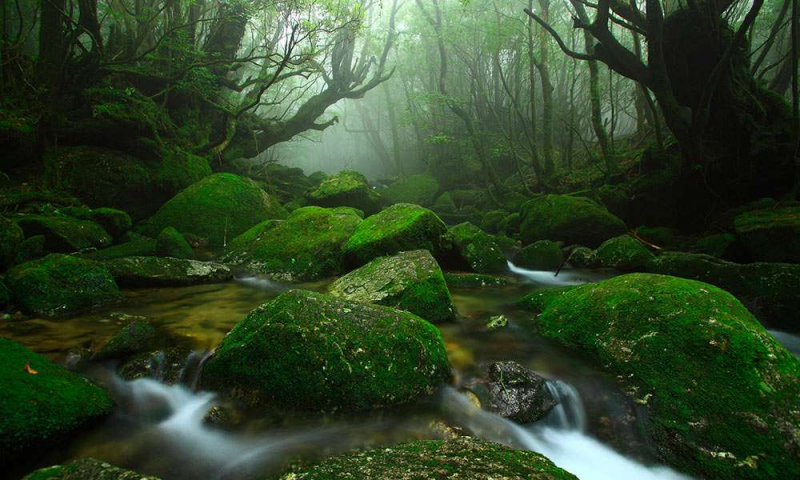
via: Lim Kim Keong – LIM KIM KEONG -
The Koajiro-no-Mori Forest is located on the Miura Peninsula in Kanagawa Prefecture and serves as a water catchment area for the Ura-no-kawa River, which flows through the valley in the center. A continuous stretch of land from the forest, marsh, and mudflat to the sea has been preserved in its natural state and is a highly valuable resource. Various ecosystems are being formed by a variety of creatures, including rare species. This forest is represented by red-clawed crabs (Chiromantes haematocheir), which require an ecosystem of a forest, river, and sea to survive. A red-clawed crab is known as a "forest crab" because it can live away from water. As a result, you can spot one in the forest.
From late May to early June, the forest is also open to the public for firefly observation, and you can see two types of Japanese fireflies, Luciola cruciata and Luciola lateralis. Because many areas of the Koajiro-no-Mori Forest have been left untouched, some creatures may be dangerous. When visiting, it is best to wear a long-sleeved shirt, long trousers, and walking shoes. It is a 30-minute walk on the Keikyu Express from Misakiguchi Station or a 5-minute walk from the Hikibashi Terminal bus stop if you take a bus from Misakiguchi Station.
Location: Koajiro Misakimachi, Miura, Kanagawa 238-0225, Japan
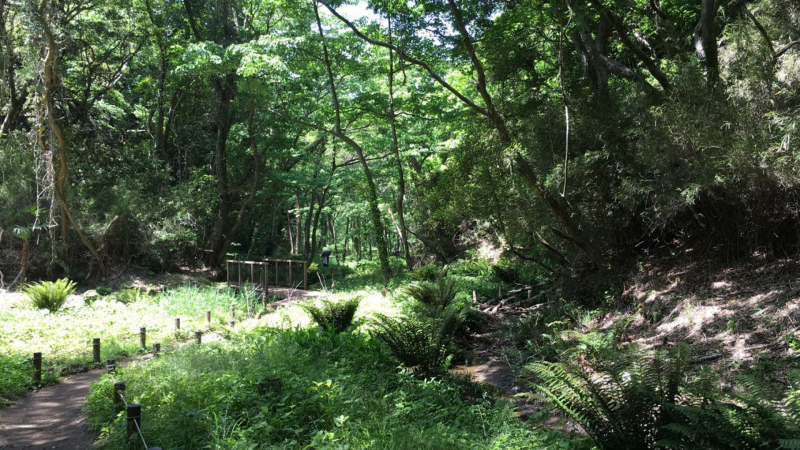
via: Tokyo Day Trip - Kanagawa Travel Info 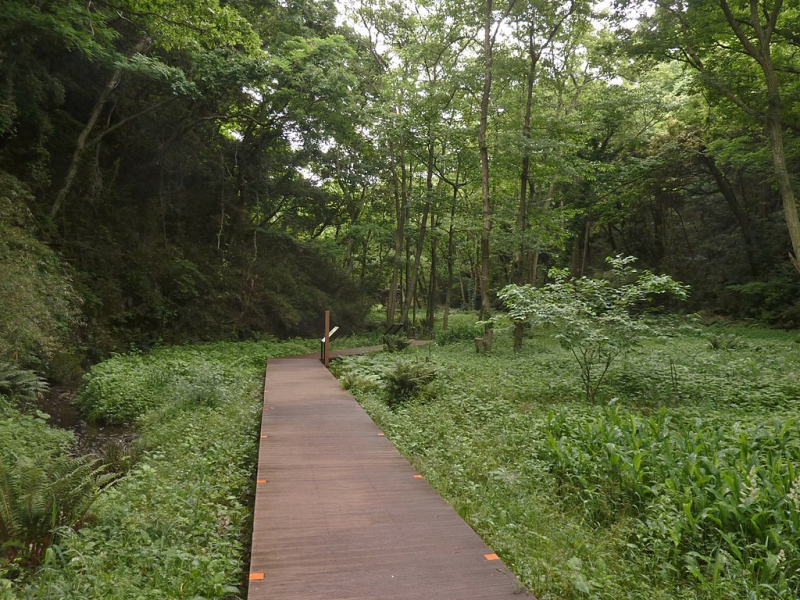
via: Wikimedia Commons -
Bijinbayashi Forest, which stretches across the Matsuguchi hills west of Tokamachi City in southern Niigata Prefecture, is home to a strange woodland of 90-year-old slender beech trees. According to legend, these Japanese beech trees maintain their posture by standing tall and gracefully like the silhouettes of beautiful women. With trees all around the same height, it's easy to get lost in the "forest of beauties". Bijin Bayashi Forest, in addition to being a protected habitat for tens of species of wild birds, is a popular photo location for photographers all over Japan throughout the four seasons.
Young leaf buds emerge from below during the first few months of the year, when there is still snow on the forest grounds, signaling the arrival of spring. As the weather warms, the young buds expand and turn a lovely green. As the leaves turn yellow, orange, and red, the forest transforms into a reddish-brown tapestry beneath a golden canopy. Then comes the peak season for photographers and forest visitors. The Niigata winter will dump blankets of snow, turning the forest into a winter wonderland and painting the tall beech ladies white. Snow sparkles in gleaming silver under the sun on clear days. From May to November, two vegetable stalls operate next to the Forest. Like a farmers’ market, the freshest vegetables of the season line up at the shopfront. Sometimes, you can even buy cheap handmade pottery from the stores. At any time of the year, Bijin Bayashi Forest is not to be missed as you tour around Tokamachi for its divine Mother Nature.
Location: 1712-2 Matsuguchi, Matsunoyama, Tokamachi-shi, Niigata, Japan
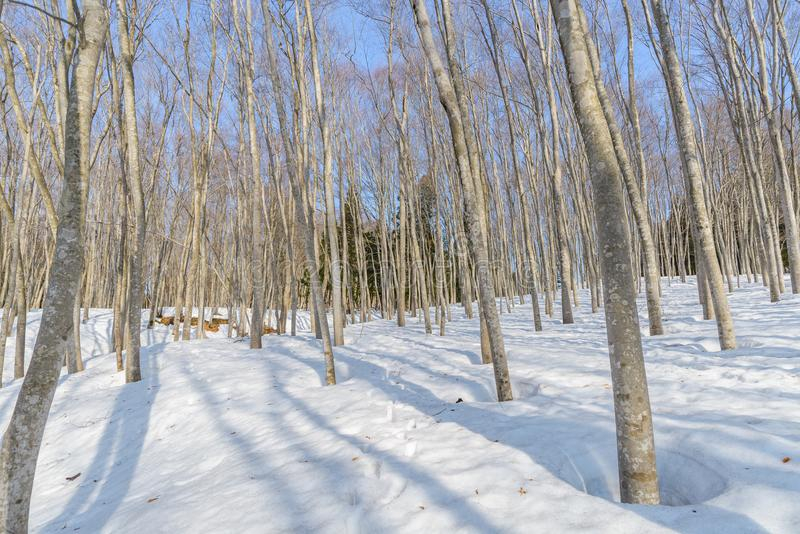
via: Dreamstime.com 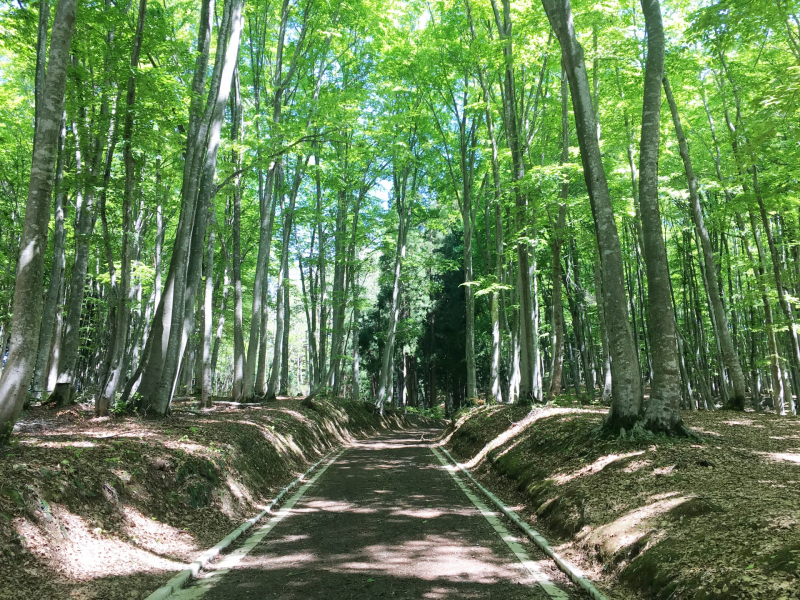
via: SNOW MONKEY RESORTS! -
Totoro no Mori is a forest preserve in Sayama Hills, Saitama Prefecture, located across Tokorozawa. It was saved thanks to the Totoro no Furusato Foundation, which was founded in April 1990. This organization has included Hayao Miyazaki. There are several museums, visitor centers, walking trails, and a Totoro statue in the area. Totoro's Forest No.1 was born in 1991, and the foundation will have acquired its 55th Totoro forest in January 2020.
The majority of Totoro's forests are concentrated in the northern part of Sayama Hills. Sayama is a lush hill of greenery located about 40 kilometers (24 miles) from the Tokyo metropolitan area, overlapping the Tokyo and Saitama provinces. It spans 3,500ha (8,650 acres) and measures about 11 kilometers (6.9 miles) east to west and 4 kilometers (2.5 miles) north to south. The extensive woodland area, which includes two reservoirs, Lake Sayama and Lake Tama, retains an old-world charm. From above, the Hills look like a small green island in the middle of a city. The forests, museums, and visitor centers are spread throughout the Sayama region and are linked by paths or nature trails.
Location: Kamiyamaguchi, Tokorozawa, Saitama 359–1153, Japan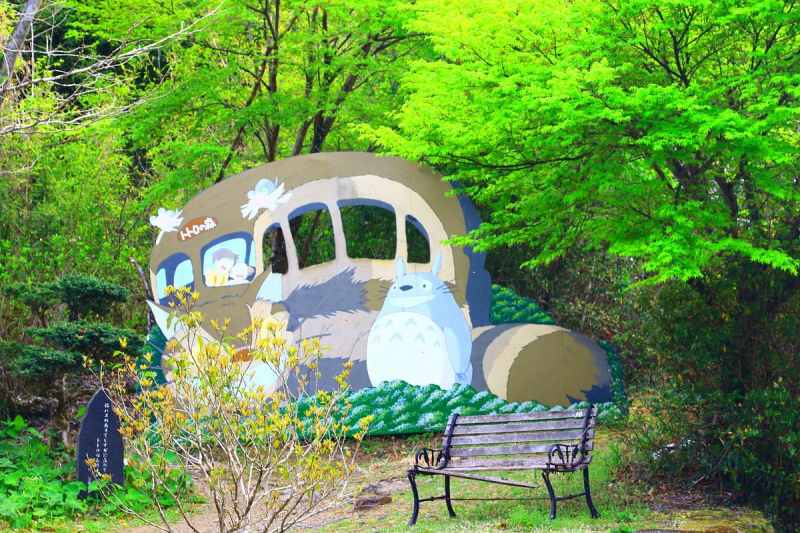
via: TripAdvisor 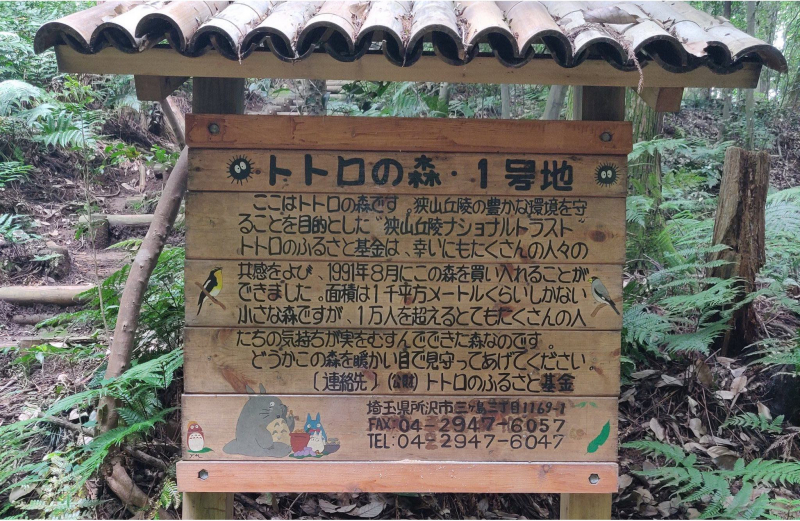
via: Full Frontal -
Shiretoko National Park was founded on June 1, 1964, and is one of Japan's most remote locations, with much of the peninsula accessible only by boat or on foot. Shiretoko is famous for having the brownest bears in Japan and for overlooking the island of Kunashir, which is the site of a territorial dispute between Japan and Russia. Kamuiwakka is a natural hot waterfall in the national park. This national park was designated a UNESCO World Heritage Site in 2005.
The national park's forests are temperate primary forests and alpine mixed forests. It is home to many plant species, including Sakhalin Fir (Abies sachalinensis), Erman birch (Betula ermanii), and Mongolian oak (Quercus mongolica). The Siberian Dwarf Pines grow beyond the boundaries of the forests ( Pinus pumila ). The national park is home to many rare animals, including the Ezo red fox (Vulpes schrencki), steller's sea eagle (Haliaeetus pelagics), and white-tailed eagle (Haliaeetus pelagicus), and seals.
Location: The Shiretoko Peninsula, Hokkaido, Japan
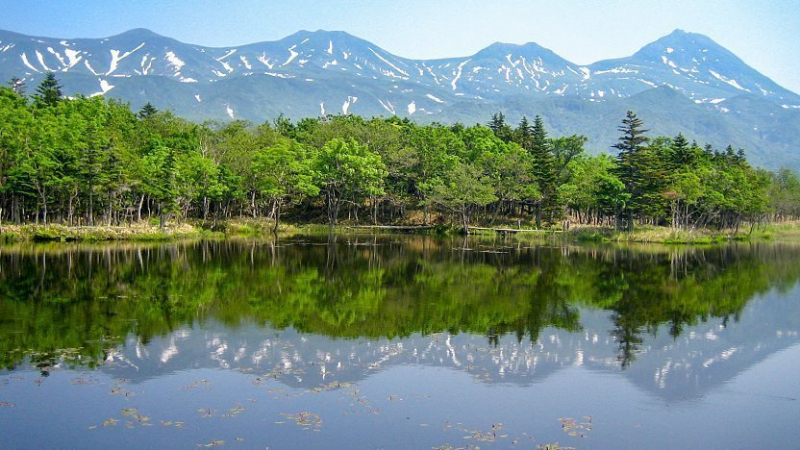
via: Japan Guide 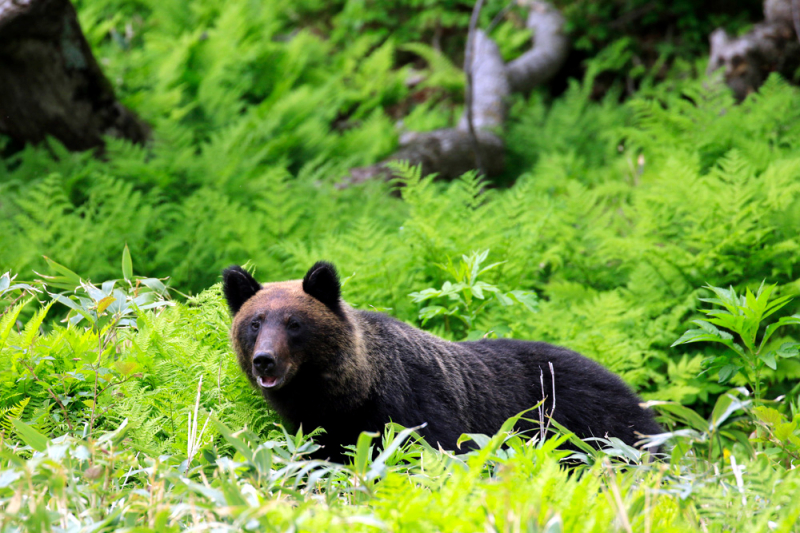
via: BEST of HOKKAIDO -
Nikkō National Park is a national park in the Kantō region, on the main island of Honshū in Japan. The establishment of Nikkō National Park dates to the early 20th century. The National Parks Law was passed in 1931, and Nikkō National Park was established in 1934. The park was expanded throughout the 20th century. The park is considered one of the most beautiful in Japan, and is a popular tourist destination with its striking scenery.
Nikkō National Park is known for its many plant and tree species, including mizu-bash, the white skunk cabbage of the Ozegahara marshland, maples, firs, and magnificent stands of sugi, the Japanese cedar, which line the roads around Nikk. The autumn colors in Nikko and the Okunikko area around Lake Chuzenji are particularly beautiful (koyo). The colors begin to descend from the higher elevations of Yumoto Onsen in early October, peak around Lake Chuzenji and the Irohazaka road in mid to late October, and reach Nikko in the first half of November on average.
Location: Yumoto, Nikko, Tochigi 321-1662, Japan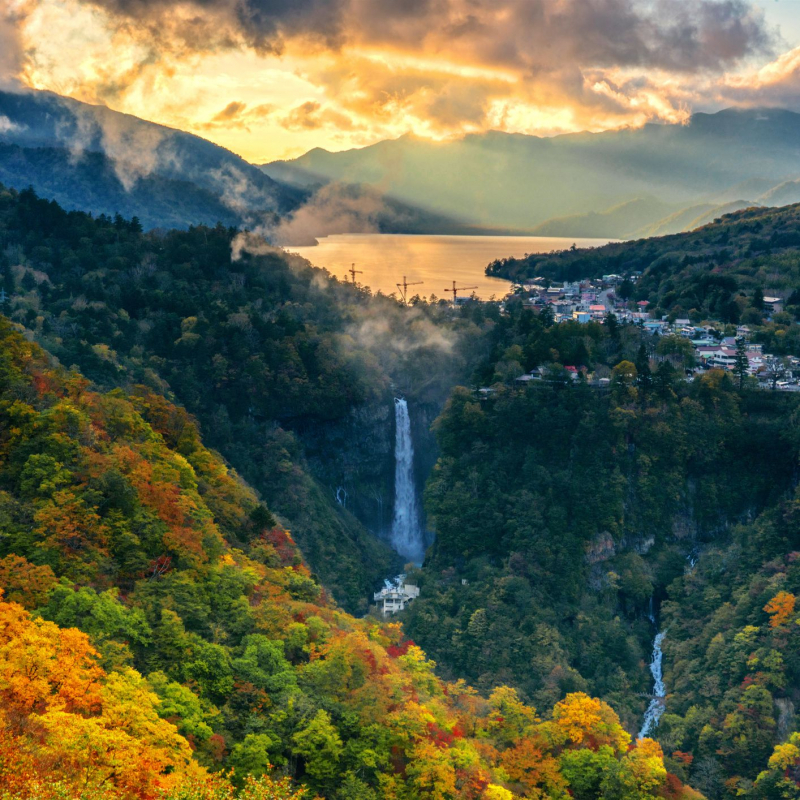
via: TripSavvy 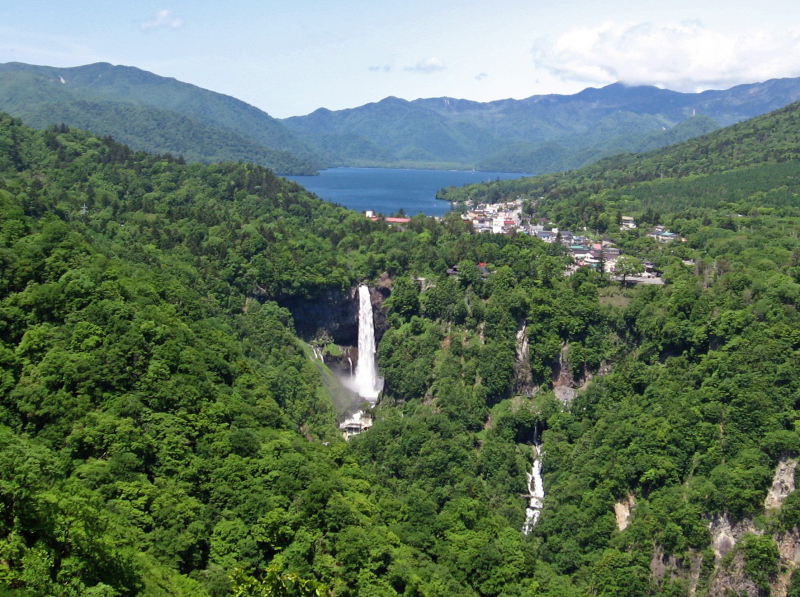
via: Wikipedia -
Yoshino-Kumano National Park is a national park comprising several non-contiguous areas of Mie, Nara, and Wakayama Prefectures, Japan. Established in 1936, the park includes Mount Yoshino, celebrated for its cherry blossoms, as well as elements of the UNESCO World Heritage Site Sacred Sites and Pilgrimage Routes in the Kii Mountain Range. One of its highlights is ancient forests.
The interplay of nature and spirituality is a recurring theme throughout the park. Nature worshippers of all kinds continue to walk the Kumano Kodo pilgrimage routes that run through forests and along shores to these shrines. The natural forests of the Odaigahara Plateau, primarily composed of beech, are home to Japanese deer, wrens, Japanese robins, and Odaigahara salamanders. The forest floor is carpeted with a variety of beautiful mosses.
Location: Kansai, Japan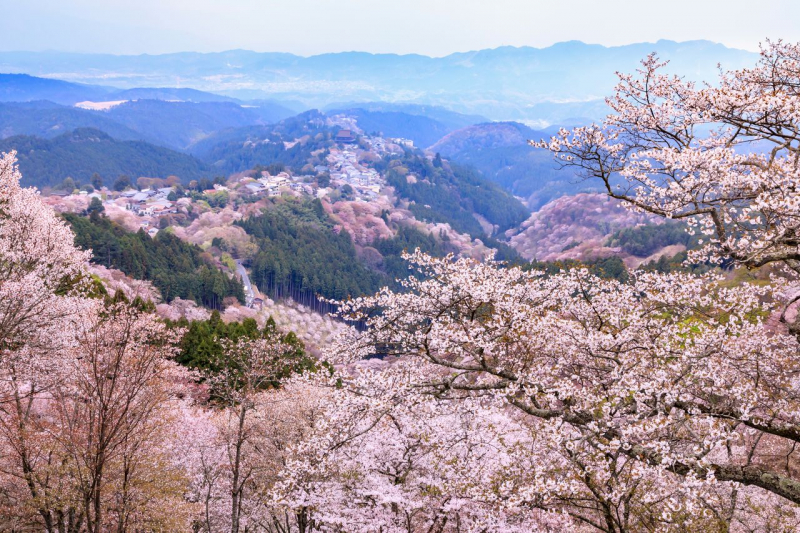
via: nippon.com 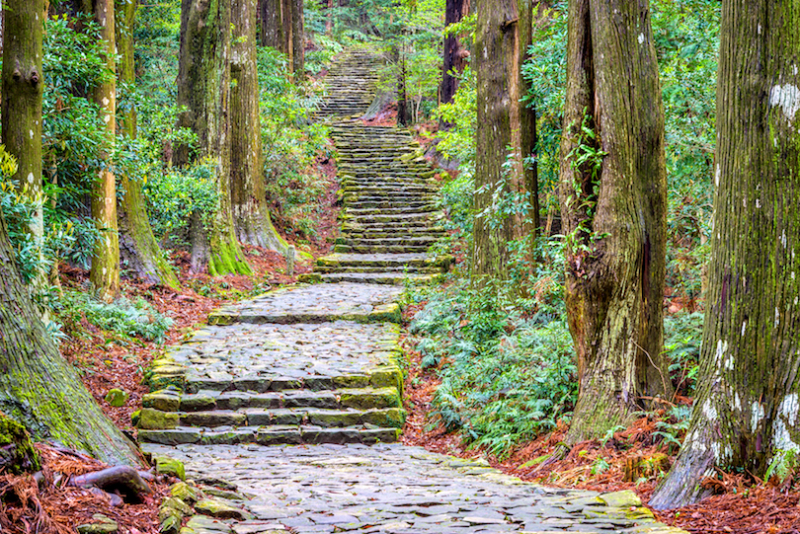
via: Bigguidess.com -
Yakushima National Park is a protected area located in Kagoshima Prefecture, Kyushu. It includes parts of the Ōsumi Islands with Yakushima, the entire island Kuchinoerabu-jima and some surrounding marine areas. The total size is 325.53 square kilometres (125.69 sq mi).
Cryptomeria and rhododendron are abundant in the national park. The national park excludes a 1,219-hectare (3,010-acre) area containing the oldest cedar trees, Yakusugi, whose age is estimated to be more than 2000 years. UNESCO designated parts of the national park and the Yakushima Natural Reserve (107.47 km2) as World Heritage sites in 1993. The Japanese macaque has its own subspecies in the national park (Macaca fuscata). The landscape of the island Kuchinoerabu-jima is distinguished by a variety of volcanoes and dense forests. There lives the endangered Ryukyu flying fox. So far, the National Park has been home to 1900 plant species, 16 mammal species, and 150 bird species.
Location: Yakushima, Kumage District, Kagoshima 891-4408, Japan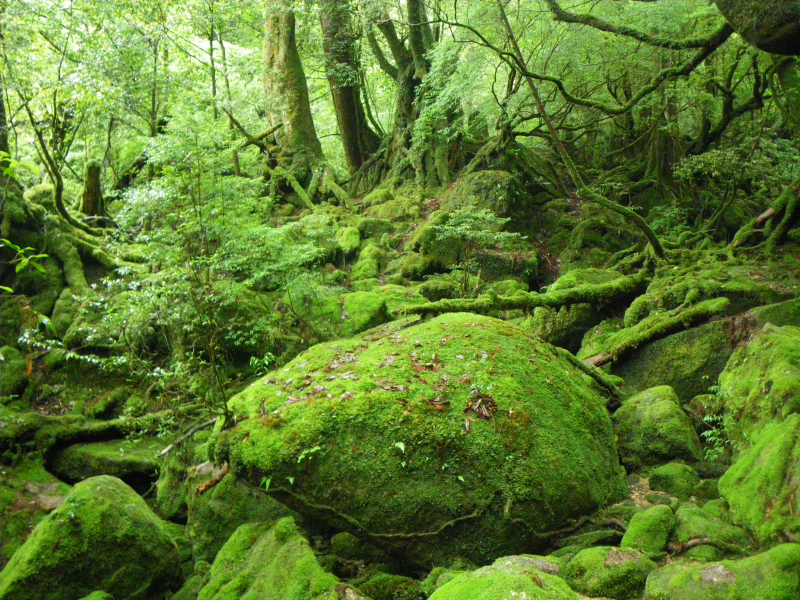
via: Trip.com 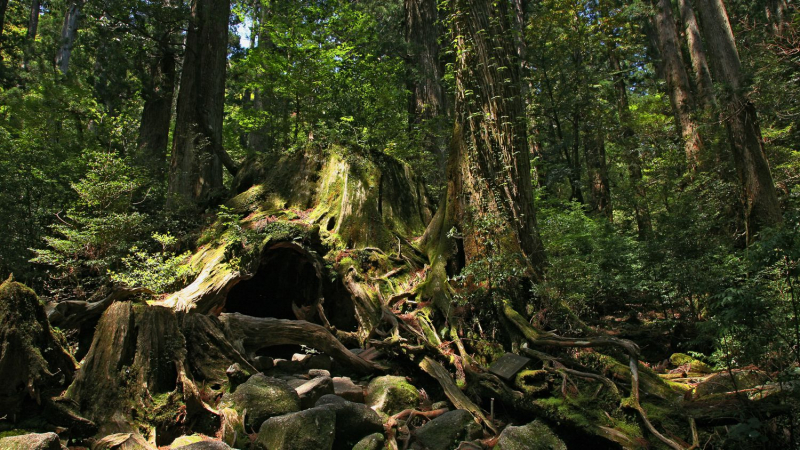
via: Japan- Travel -
Towada-Hachimantai National Park is a Japanese national park that spans two prefectures: Aomori, Iwate, and Akita. The Towada-Hakkda region includes Lake Towada, Mount Hakkda, and the majority of the Oirase River valley. Mount Hachimantai, Mount Iwate, Tamagawa Onsen, and Akita Komagatake are all part of the Hachimantai area. The two areas are 50 kilometers (31 miles) apart and cover an area of 854 square kilometers (330 sq mi).
The national park has a wealth of beautiful forests, mountains, hiking trails, and rustic hot springs, and it is one of Japan's best places to see autumn colors in October. There are numerous unique animals and plants. Dicentra peregrine is a perennial plant that blooms on high mountain gravel areas. The Forest Green Tree Frog (Rhacophorus arboreus) is a rare Japanese species found on Honshu and Sado. Reproduction occurs on the surface of the water rather than in it. Clusters of bubbles attached to tree branches in the water surround the eggs. The frog can be found in the vicinity of Tsuta Onsen. The Golden Eagle (Aquila chrysaetos japonica) is a large bird of prey that can be found from Hokkaido to Kyushu. The golden eagle is at the top of the ecological system in the plentiful natural environment. It has been identified in the Towada-Hachimantai National Park. Or Japanese Serow (Capricornis Crispus), which resembles a deer, is of the cow family.
Location: Okuse, Towada, Aomori 018-5501, Japan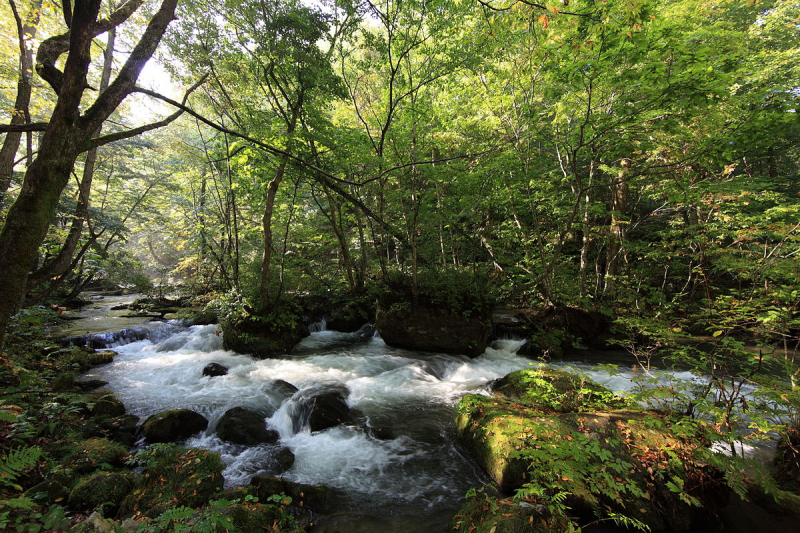
via: Wikipedia 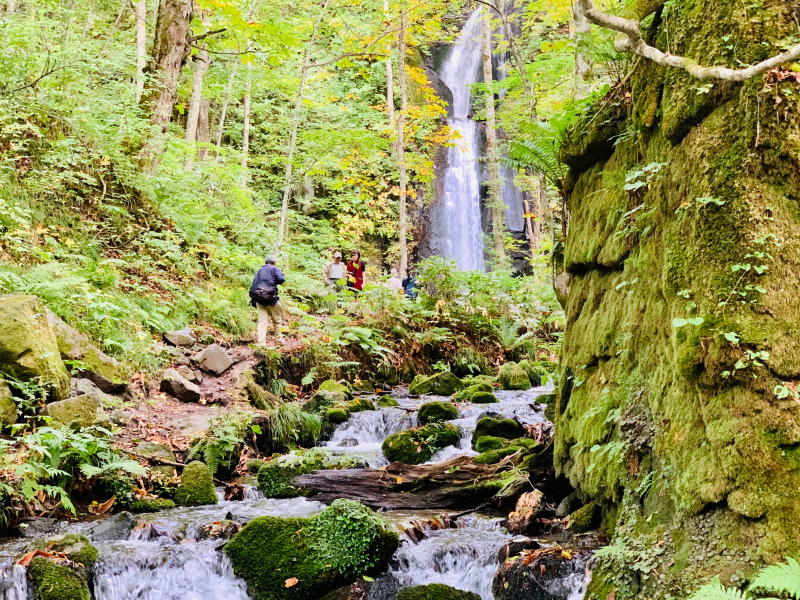
via: Japan Cheapo












